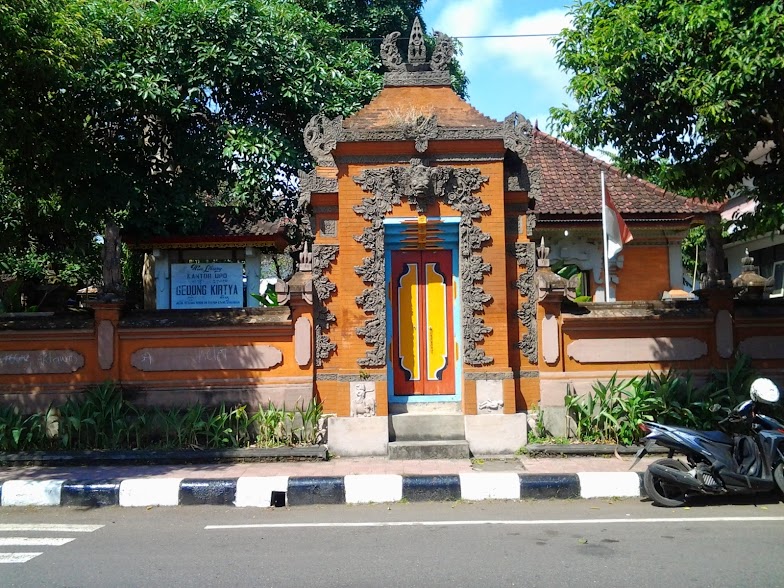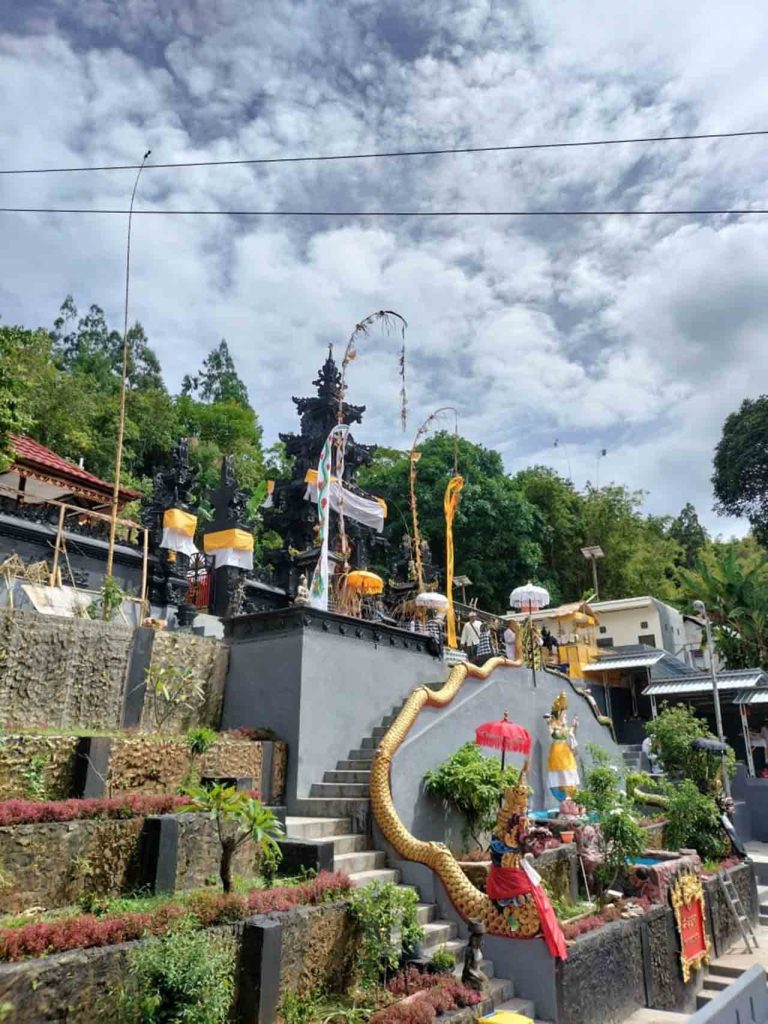Indonesia’s cultural heritage is vast and multifaceted, encompassing both tangible artifacts and intangible traditions. Among its rare and invaluable treasures are the ancient lontar manuscripts—texts meticulously inscribed on dried palm leaves.
These manuscripts have been safeguarded at Gedong Kirtya, a historic lontar library located in Buleleng, Bali.
Housing manuscripts that are hundreds of years old, Gedong Kirtya stands as a symbol of Bali’s literary sophistication and cultural richness, reflecting the intellectual achievements of the Balinese and Sasak communities.
The establishment of Gedong Kirtya was driven by the passion of Dutch scholars who were captivated by Bali’s intricate culture. F.A. Liefrinck and Herman Neubronner van der Tuuk were among the key figures who initiated in-depth studies on Balinese traditions, language, and customs.
Their research efforts inspired further collaborations with scholars like Dr. R. Ng. Purbacaraka and Dr. W.R. Stuterheim, who later organized a significant meeting in Kintamani.
This event marked a turning point in the preservation of Bali’s cultural artifacts, as it led to the founding of an institution dedicated to documenting and archiving lontar manuscripts from Bali and Lombok.
On June 2, 1928, the foundation culminated in the establishment of a library named Stichting Liefrinck Van Der Tuuk.
Upon the recommendation of the King of Buleleng, I Gusti Putu Jelantik, the name “Kirtya” was added, derived from the Sanskrit word meaning “effort” or “dedication.”
On September 14, 1928, the library was officially opened to the public, coinciding with the Balinese Saka calendar year 1850.
The opening date is commemorated on a traditional Balinese stone-carved gate known as a paduraksa, which marks the library’s entrance.
The heart of Gedong Kirtya lies in its impressive collection of lontar manuscripts. These ancient texts are stored in wooden cases called keropak, with each manuscript categorized based on its content.
The categories include lontar Sasak, containing texts on Sasak culture; matrastawa, which holds sacred verses, chants, and Vedic hymns; and niticastra, which offers teachings on ethics and moral values.
Other categories include wariga, which covers astrology and astronomy, and usadha, containing ancient Balinese medical knowledge and remedies.
Additionally, the collection includes geguritan, which features Balinese poetic songs and literary works, babad pamancangah, which documents genealogies and ancestral histories, and satua, comprising Balinese folklore and traditional stories.
Besides lontar manuscripts, the library also preserves colonial-era documents written in both Balinese script and the Roman alphabet.
The library’s collection expanded steadily, thanks to the dedication of figures such as Roelof Goris and librarian I Wayan Bhadra. By 1931, Gedong Kirtya had accumulated 639 lontar manuscripts. Over the decades, this number grew substantially, reaching more than 1,757 titles and 4,867 copies by 2015.
Gedong Kirtya is situated on Jalan Veteran, in the Paket Agung area of Buleleng. It is part of the Sasana Budaya complex, which was once the royal palace of the Buleleng Kingdom.
The library’s location is steeped in historical significance, underscoring its role not only as a cultural archive but also as a symbol of Bali’s enduring literary and intellectual heritage.
With its vast collection of lontar manuscripts encompassing history, sacred texts, ethics, and folklore, Gedong Kirtya remains an invaluable resource for those seeking to explore Bali’s cultural roots.
This extraordinary repository offers a rare window into the wisdom and traditions of Bali’s ancestors, preserving knowledge that continues to inspire and educate future generations.
Visiting Gedong Kirtya is more than just a historical journey—it is an opportunity to connect with the living legacy of Indonesia’s cultural and intellectual past. (BT)





